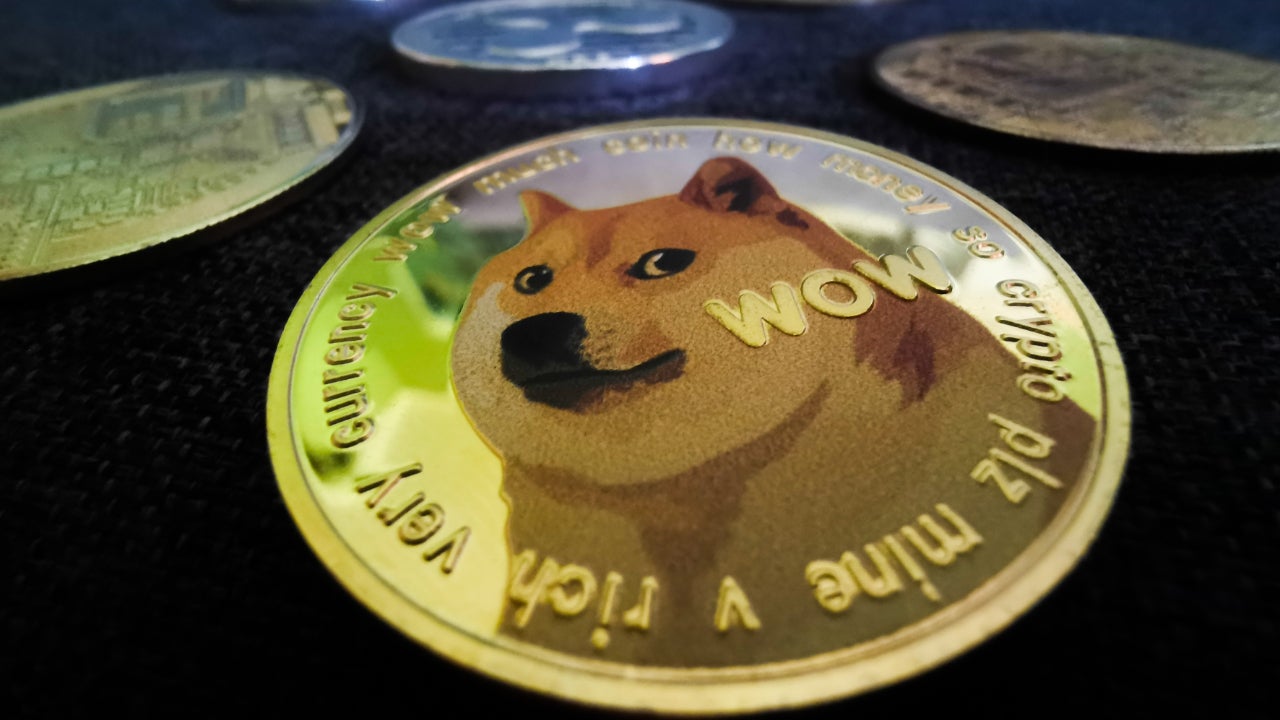Pulse of Information
Your source for the latest insights and updates.
To the Moon and Beyond: The DogeCoin Odyssey
Join the epic journey of DogeCoin! Discover how this meme coin could reach new heights and beyond in the crypto universe.
What is Dogecoin and How Did It Start?
Dogecoin, often represented by its Shiba Inu logo, is a cryptocurrency that began as a lighthearted internet meme. Launched on December 6, 2013, by software engineers Billy Markus and Jackson Palmer, it was intended to be a fun alternative to Bitcoin. The creators aimed to infuse some humor into the crypto community and make digital currency accessible to a broader audience. Dogecoin's initial purpose was to entertain, but it quickly gained traction due to its friendly culture and an active online community.
Dogecoin's origin story is rooted in the doge meme, which features a Shiba Inu dog alongside multicolored text in Comic Sans font. This playful branding helped differentiate it from other cryptocurrencies and attracted a diverse group of supporters. Over the years, Dogecoin has evolved from a meme into a legitimate cryptocurrency with a devoted following. Despite its humble beginnings, it has become widely recognized and is used for various purposes, such as tipping content creators online and supporting charitable initiatives.

The Rise of Dogecoin: A Journey from Meme to Mainstream
Dogecoin began as a light-hearted joke in December 2013, inspired by the popular Shiba Inu meme. Initially created by software engineers Billy Markus and Jackson Palmer, the coin was meant to poke fun at the burgeoning cryptocurrency market filled with serious projects. However, this unlikely pet meme quickly gained traction, drawing a passionate community of followers who appreciated its playful nature. Over the years, Dogecoin transformed from a mere novelty into a viable digital currency, marked by a series of viral moments and social media endorsements that spurred its rise in popularity.
The turning point for Dogecoin came in early 2021, when high-profile endorsements and a net surge in interest catapulted it into the mainstream. Celebrities like Elon Musk took to Twitter to express their support, igniting a frenzy among both new and seasoned investors. On various cryptocurrency platforms, Dogecoin skyrocketed to unprecedented heights, creating wealth for many of its early adopters. This remarkable transition underscores the evolving landscape of digital currencies, highlighting how a lighthearted meme can thrive and reshape financial conversations, thus securing its place as a formidable player in the crypto ecosystem.
How to Invest in Dogecoin: A Beginner's Guide
Investing in Dogecoin can be an exciting venture for beginners looking to dive into the world of cryptocurrency. First, it's essential to understand what Dogecoin is: a digital currency that started as a joke but has gained significant popularity and legitimacy over time. To begin your investment journey, you should familiarize yourself with the concept of cryptocurrency wallets. A wallet is a digital tool that allows you to store and manage your Dogecoin holdings securely. Once you've chosen a wallet, you can move on to selecting a cryptocurrency exchange where you can buy Dogecoin using traditional currencies like USD or EUR.
When you’re ready to buy, create an account on a reputable exchange and complete the necessary verification steps. Once your account is set up, you can fund it with fiat currency and purchase Dogecoin by placing a market or limit order. It's advisable to start with a small investment to minimize risk as you learn the ropes. Additionally, consider keeping track of your investments and staying updated on market trends, as the value of Dogecoin can be quite volatile. By following these steps, you'll be well on your way to making informed decisions about your Dogecoin investments.